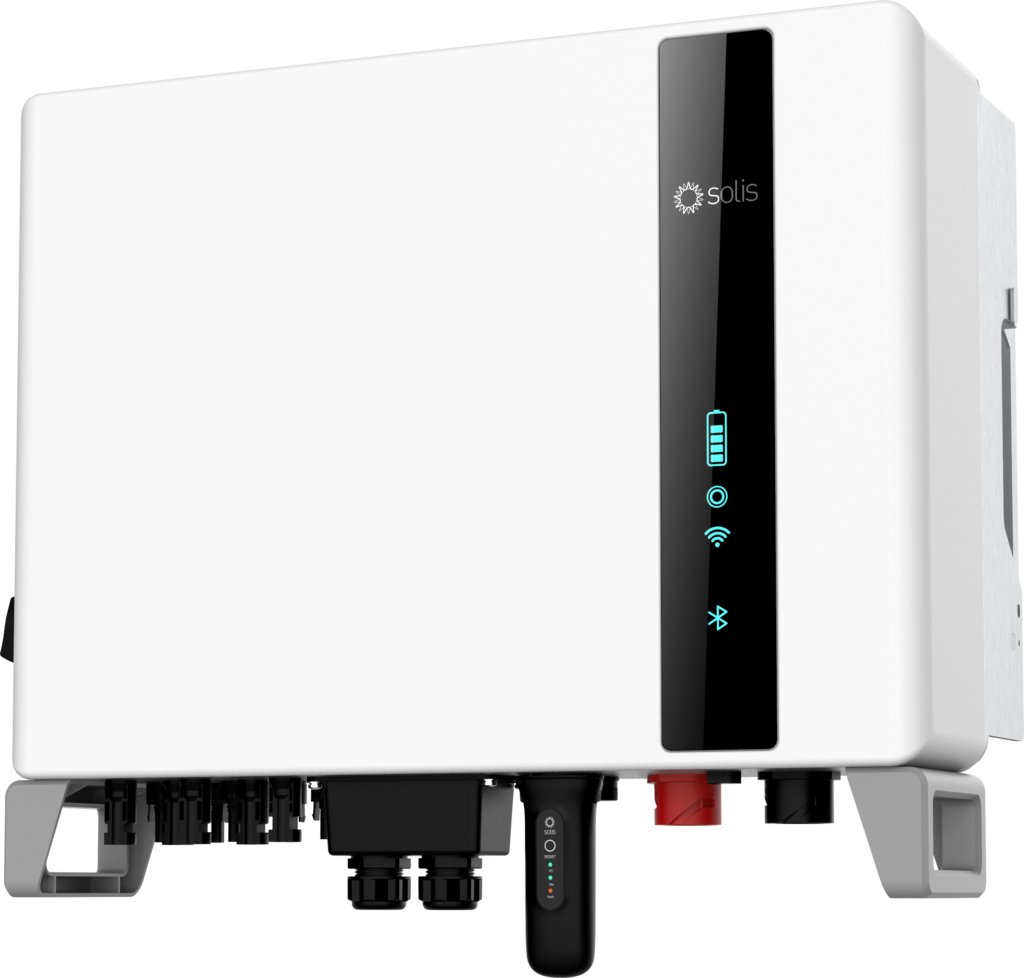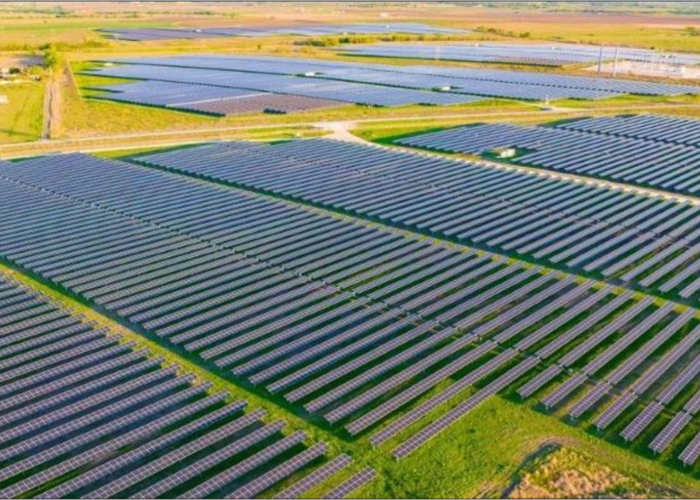
PV Tech sat down with Claire Gardner, marketing manager at inverter specialist Solis, to discuss the potential growth of European markets, the rising interest in energy storage and the importance of accurate energy data.
Q: Europe’s energy crises have given new importance to energy self-sufficiency and rooftop solar in particular, but it also comes at a time of broader change in the energy market with EVs and other connected devices coming to the fore. To what extent are inverters having to adapt and evolve to these new market paradigms?
Try Premium for just $1
- Full premium access for the first month at only $1
- Converts to an annual rate after 30 days unless cancelled
- Cancel anytime during the trial period
Premium Benefits
- Expert industry analysis and interviews
- Digital access to PV Tech Power journal
- Exclusive event discounts
Or get the full Premium subscription right away
Or continue reading this article for free
A: The growth in demand for solar-plus-storage is a big opportunity for inverter providers. Solis believes that solar-plus-storage, in combination with the Internet of Things (IoT), is an inevitable trend in the rooftop solar sector and offers intelligent and zero-carbon home energy solutions. The inverter plays an important role in this as the centre of the energy and information flow within the PV system. We need to further develop this function, so that the inverter itself becomes an important networking component and can develop intelligent interaction with other devices in order to facilitate storage integration to bolster the whole energy system.
Q: We’re seeing more and more interest in back-up power supply as well, alongside broader integration with energy storage, how is that being factored into designs?
A: The main reason for the interest in back-up power supply and energy storage is a wish to achieve energy security and self-sufficiency. The design of these products needs to be considered from three standpoints. Firstly, energy production, including PV, hydropower, wind power and oil-fired generators, needs to be considered from a multi-source perspective to maximise energy acquisition and ensure stable supply. Next, energy storage hinges on how to store clean electricity in a timely and efficient manner to maximise its economic benefits and fully ensure energy security. The third area to consider is interaction with the power grid. The backup power supply cannot be completely removed from the power grid, so we need to view the grid as a supplementary source and potential electricity market.
Q: The REPowerEU plan promises to change commercial solar for good, mandating solar on all new rooftops in the near future. Are the solar and solar inverter industries ready to cater for such a large jump in demand?
A: These mandates present an incredible opportunity for the PV inverter sector and we have the products and solutions to meet that demand. Europe is not alone in implementing these policies, with other countries such as the US, China, India and Brazil also accelerating the adoption of commercial solar. Developments in solar technology have pushed the industry towards maturity, including in the areas of system cost reduction and safety. Although affected by the impact of the pandemic, shipping and chip supply issues, overall market trends suggest the industry is well positioned to handle a large jump in commercial solar demand.
Q: How have businesses and corporate demands of solar changed, and how is that being reflected in product designs?
A: There are three major changes in corporate demands of solar energy. Firstly, a desire for architectural integration, in the form of building integrated photovoltaics (BIPV), has become a mainstream trend. BIPV requires more novel solar cell applications, such as thin film, flexible cells and photovoltaic glass. Inverter products have also been forced to adapt, by implementing low-light tracking, safe shut-off and intelligent operation and maintenance (O&M) features to meet BIPV requirements. Secondly, the demand for energy storage is spreading, particularly the demand for solar-plus-storage systems for industrial sites. So, a product needs to combine the characteristics of a distributed energy storage system and the application of high-powered two-way energy storage inverter technology. Thirdly, some C&I customers are demanding a multi-source combined energy supply in the hope that it can sustain their operations in the event of a grid outage. Therefore, they want the PV system to be able to provide energy independently of the grid, even if still connected to it.
Q: Homeowners and businesses alike are far more au fait with energy market principles and their own consumption than ever before, but how is that data being presented in a way that’s easily digestible?
A: With the rapid digitisation of energy systems and the rollout of smart meters, energy data is readily available and can be displayed in real time. However, the real significance of that data is often lost. We need to change how data is presented, so that it can be easily understood and digested. This can be achieved through the creation of a new generation of centralised control points. We need to move from the monitoring and presentation of data to the diversified development of data collection, governance, centralised monitoring, power generation prediction, value positioning and market-based, power transaction assisted, decision-making.






